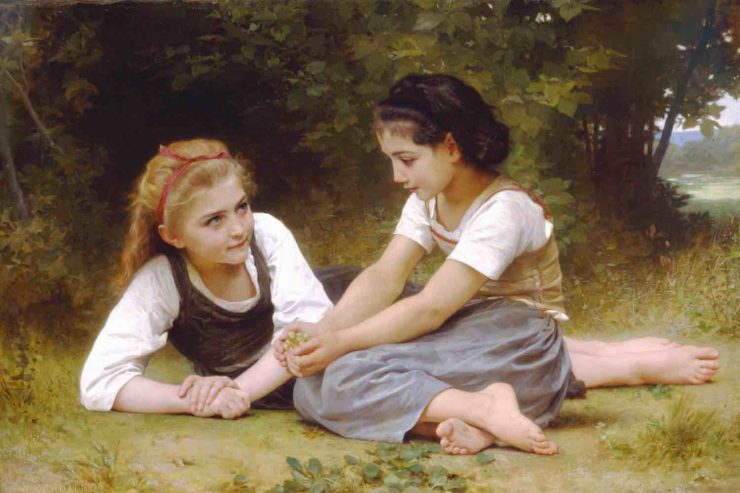Glazing Technique: Oil Painting

Today we'll talk about the GLAZING technique.
Hello there oil painting lovers, thinking of you, we've decided to create an amazing series of posts about oil painting techniques.
These techniques will help you to improve your skills and give you more confidence on your next paintings.
In the late 19th century artists such as Bouguereau used the technique extensively in their work. Classical realist painters today use this technique.

Glazing is a painting technique in which a thin, translucent layer of paint is applied over a dry base layer. The purpose of glazing is to create depth and subtlety of color, as well as to add an extra level of protection to the painting. Glazes can be made from a variety of media, including oil, acrylic, watercolor, and even pencil.
When executed properly, glazing can result in a rich, luminous painting. When done poorly, however, glazing can make a painting look muddy and overworked. As with any painting technique, practice makes perfect!
Learning how to glaze an oil painting will increase the depth and intensify colors in a painting. It can take your work from flat to luminous and glowing. It gives the paint beneath it a different effect to the viewer.
Vermeer used glazing only in a part of his painting, not everywhere.
He modeled the red hat, according to common practice for painting saturated red objects at that time.
Painting it first with shades of vermilion and black, on top of that he glazed the lighter areas with a thin layer of pure madder lake and finally he darkened the shadowed areas with a thicker glaze of madder lake and, possibly, some black or natural ultramarine.
Here are a few tips for successful glazing:
- start with a clean, dry surface. Make sure that your base layer is completely dry before applying a glaze.
- use thin, translucent layers of paint. A little goes a long way with glazing, so don't go overboard!
- work in small sections. It's best to apply glazes in small areas so that the paint doesn't have a chance to dry before you've had a chance to blend it.
- be patient. Glazing takes time and patience, so don't try to rush the process.
Now that you know the basics of glazing, why not give it a try? You may just find that you love the luminous effect it can create!

D'Artisan Shoppe 15pc profesional brush set
4 natural hog hair bristle brushes and 11 synthetic bristle brushes to create the brush strokes you need.

